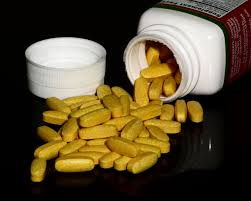
In 2012, there were 2.2 million calls about poison exposures to the nation's poison control centers. The leading cause of poisonings in the United States that year was prescription drugs, according to a study. New causes of possible poisonings include the street drug called "bath salts," synthetic marijuana, and laundry detergent packaged into plastic pods.
Pharmaceutical products caused a large majority of poisonings that ended in death in 2012, with 83%. Most commonly, the drug involved was an opioid pain killer. Deadly poisonings include those caused by carbon monoxide, which was the leading cause of deaths not caused by a pharmaceutical agent. The number of children poisoned by prescription opioid drugs more than doubled between 2002 and 2012.
Most people who contact a poison control center do not need to be hospitalized. However, the older the person who may have been poisoned, the more likely it is that they will need to go to a medical facility, the study found. Only 11.6% of children under age 5 needed to be treated at a hospital, while 51.2% of teenagers and 37.9% of adults needed to be treated.
New sources of poisoning include laundry detergent pods, the small pre-measured plastic packets of detergent designed to be thrown into the washer with the dirty clothes. These are often colorful and attractive to young children, but the adverse effects are usually not serious.
More serious problems stem from designer illicit drugs like "bath salts," which are a type of amphetamine, and synthetic marijuana. These poisoned users severely enough to require a trip to the hospital.
"The poison center system can provide real-time advice and collect data regarding a variety of poisonings, including those that may be new or unfamiliar to emergency physicians," said Richard Dart, MD, of the Rocky Mountain Poison and Drug Center in Denver, CO. Dart is the lead author on the study of poisonings. The study was published in Annals of Emergency Medicine.



